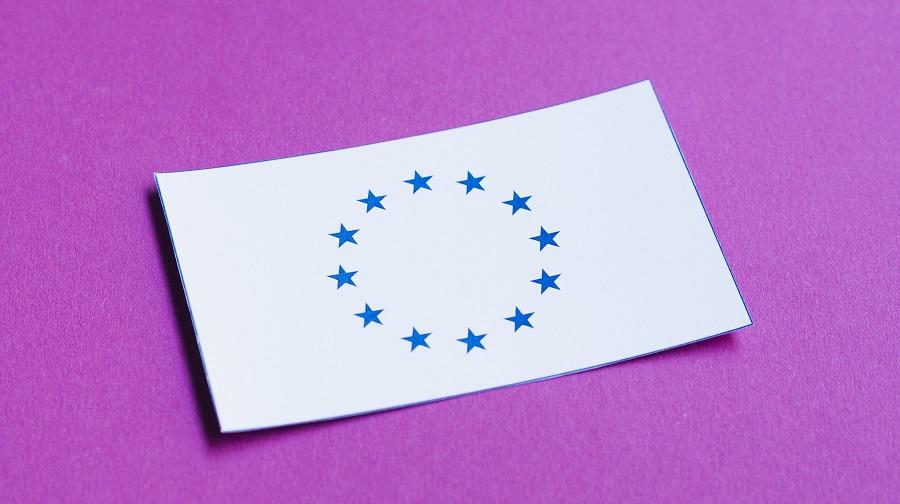
Gender-targeted measures in the Recover and Resilience Facility (RRF) - a Post COVID-19 EU support programme - are strikingly absent, as EIGE’s latest evidence finds.
It is estimated that less than 2 % of total funds planned to be budgeted by Member States - mobilised through the RRF - will be dedicated to gender-targeted measures.
This could be a prime opportunity to advance gender equality through a cross-cutting approach, where gender equality is considered in all steps of the facility’s process. But will it be followed through?
The pandemic affected everyone in different ways – and continues to do so in the fallout period. EIGE’s evidence showed that in the socio-economic fallout of the pandemic among other ongoing crises and challenges, young women and men were hit the hardest.
Policies and programmes within the RRF, need to recognise diverse needs and experiences.
Gender mainstreaming is crucial to make the implementation of the budgets as inclusive and effective as possible.
What do we know so far?
- The RRF regulation is a vital instrument for EU Member States to stand stronger and more resilient. But it falls short in presenting gender equality as a core value and a fundamental principle of the EU and EU obligation to promote equality – which helps to boost economic growth and stability.
- There was limited involvement of both government and independent gender equality bodies and minimal public consultation of women’s civil society organisations.
- The RRF regulation was only to explain how national Recovery and Resilience Plans (RRP) from Member States contribute to gender equality and gender opportunities. But it did not result in a binding requirement to execute them.
Who is leading by example?
Several Member States are taking initiative by implementing a gender perspective into their national plans.
Spain, Sweden and Italy have all done a gender analysis beforehand to define gender equality challenges and design their RRPs.
While Spain, Italy, Austria and Belgium have used a gender equality marker to classify their RRPs’ measures according to their contribution to gender equality procedures launched for the implementation of the RRP and will adopt a gender perspective.
Here’s what is being said on the ground.
In Spain, “Gender equality remains a high priority in our national agenda – not least in our recovery and resilience plans. If there were ever a more significant time to robustly implement a gender perspective, it is in times of crisis to guarantee everyone’s rights. We believe that by our gender mainstreaming measures we can strengthen our response efforts in the face of any crisis that may come our way now or in the future.” – Irene Montero, Spanish Minister for Equality.
How do we unlock more potential?
While the opportunity to add a gender perspective in the RRF was largely missed this time, it’s not a lost cause for the future.
Here are some crucial considerations:
- Prioritise gender equality in the EU recovery from Covid-19. This means following the EU's dual approach to gender equality and the RRF objective to reduce the negative effects of the crisis on women.
- In evaluating the effectiveness of tax-benefit policies, it is crucial to adopt a gender equality perspective. This approach will ensure a solid foundation of evidence for designing and implementing effective tax-benefit policies during times of crises.
- It is essential to include a gender equality perspective in the implementation, monitoring, and evaluation of the RRF and national plans.
- Implement gender budgeting. Not only into the RRF, but also in the budgets for the RRPs and throughout the EU budget and funds.
- Ensure permanent and well-resourced gender expertise throughout the entire process.